
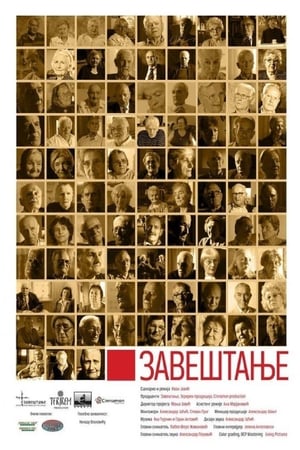
Legacy(2016)
In this film the last living witnesses of the events from Second World War are telling their stories and thus transferring silenced victim’s voices to present times.

Movie: Legacy

Завештање
HomePage
Overview
In this film the last living witnesses of the events from Second World War are telling their stories and thus transferring silenced victim’s voices to present times.
Release Date
2016-11-13
Average
0
Rating:
0.0 startsTagline
Genres
Languages:
SrpskiKeywords
Similar Movies
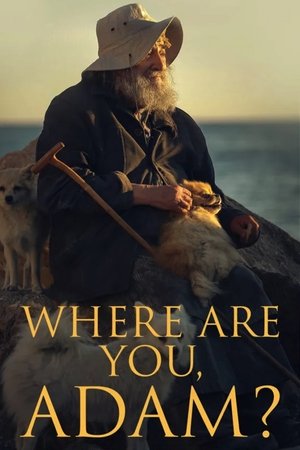 9.0
9.0Where are you, Adam?(el)
The plot of the film unfolds in the ancient monastery of Dokhiar on the west coast of Mount Athos, on the Aegean peninsula. This peninsula is given to the exclusive use of the monks of Eastern Christianity. Images of nature are woven into a virtually uninterrupted series of work and prayer, lining up in the rhythmic interrelation of man and nature. The central figure of the film was the monastery’s elder, Hegumen Gregory, whose long-term experience of spiritual nourishment rewarded him with a deep understanding of the human soul and her desire to return to the state characteristic of Adam’s human nature before the fall.
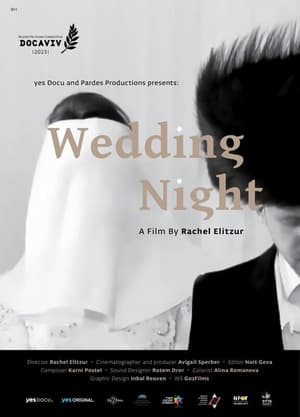 7.7
7.7Wedding Night(he)
A journey into the wedding night, where an ultra-Orthodox Jewish couple gets to know each other for the first time.
The Calvary of Serbia(sh)
Still regarded as the best Serbian documentary film account of WW1 ever, it gathers all the available footage of Serbia's army, its battles on the home ground, its refuge on the island of Corfu, its victorious offensive on the Thessaloniki Front and the return to the homeland. The original documentary footage from 1915–1918 was somewhat supplemented in a small measure with some staged reenactments of Serbian army retreating over Albania, and later liberation of Belgrade. The first version of this documentary epic was shown in 1930 under the title "For the Honour of Homeland". Andrija Glisic and Zarija Djokic later made a new sound version of the previous silent movie and renamed it "Fire Over the Balkans".
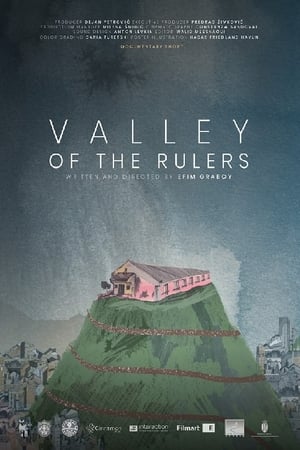 0.0
0.0Valley of the Rulers(he)
A poetic and metaphysical view on a daily life routine in a distant nursing home, on a top of the mountain in Uzice, Serbia – the closest place to heaven. This is the last station on earth for old people that called “clients”. While they’re waiting for the end of their lives, prisoned in a desolate nursing home and their old-dying body, they are fighting for the freedom of their soul, the only place they can feel young and alive. A fight between light and darkness, suffering and acceptance, life and death.
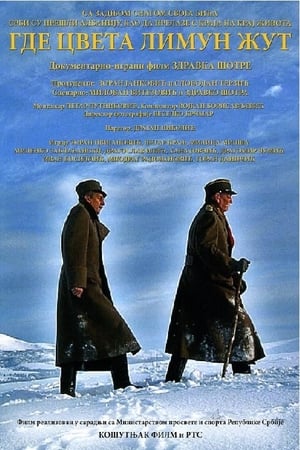 6.0
6.0Where the Yellow Lemon Blooms(sr)
By the end of 1915, during the second half of World War I, which had started by the Austro-Hungarian Empire's attack on a small Kingdom of Serbia, Serbian people, its army, and the state found themselves in the greatest tribulation in its long history. Serbia is attacked by the combined militaries of Austro-Hungarian Empire, Germany, and Bulgaria. Defending every road, every hill, every creek, during the time when every village, every plato, every crossing was becoming a historical landmark, Serbia, relying on the Allies, moved its people, its government, and its remaining troops to Kosovo--the only unoccupied part of the Serbian territory, but soon had to cross Albania in the hopes of reaching the Allies' ships in the Mediteranian.
Who Is This Kusturica?(ru)
Emir Kusturica views himself as a rock musician and believes that he became a world-famous filmmaker by pure chance, as he shoots his movies only in between concert tours with the “No Smoking Orchestra” band. At these little pinpoints of time he gets “Palms d’Or” at Cannes, “Golden Lions” in Venice, builds his own villages, a power plant and a piste and regrets not becoming a professional football player. Kusturica’s own living is very much similar to his movies, where shoes are polished with cats, death is treated like a story from tabloid press, and life is a miracle...
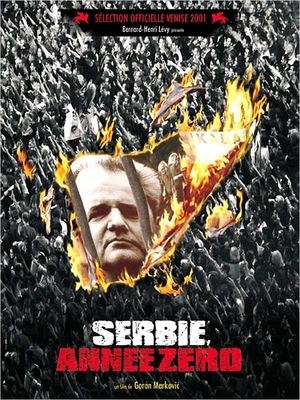 3.5
3.5Serbia, Year Zero(fr)
Documentary that follows events after the fall of Slobodan Milosevic, while looking back on the previous fifteen years, tracing his rise to power. Personal testimony alternates with analysis of a disintegrating society.
The Agreement(da)
'History is always made in the middle of the night. And when it happens, you are so damned tired, that you couldn't care less,' says Robert Cooper, an EU peace negotiator whose job it is to get Serbia and Kosovo to reach an agreement about peaceful coexistence. National pride and compromise are on everyone's lips, and much is at stake: Kosovo wants to come closer to independence, the Serbs have been promised EU membership if they can reach an agreement, and the EU tries to strengthen its credibility. But how far is each party willing to go? It is the unique characters that make this fascinating film about a delicate political game so vivid and loveable. The stoic, Serbian negotiator has a great passion for rock music, his colleague from Kosovo does not want to miss out on his daily visit to the hairdresser, and Cooper himself has a closet full of ties - one for every conceivable occasion.
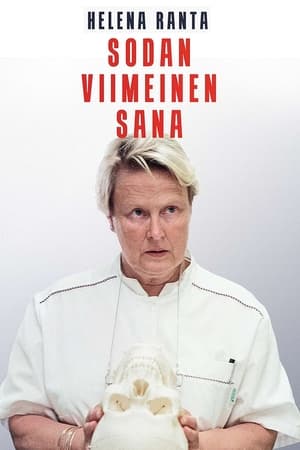 0.0
0.0Fragments of Humanity(fi)
In the Kosovo War, human dignity was shattered by the terrors of the Serbian government and the Albanian liberation army. Truths about the victims’ fates faded away, which is why a Finnish forensic research group led by Helena Ranta got a mission to act as an unbiased agent and investigate the real course of events.
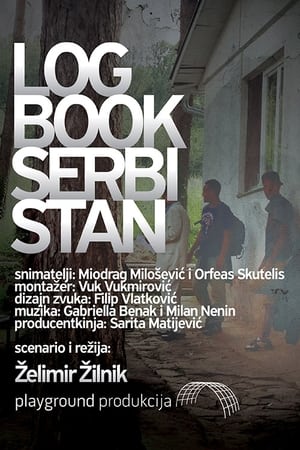 5.2
5.2Logbook_Serbistan(sr)
Illegal immigrants and asylum seekers in Serbia, placed in asylum centers after their dramatic journeys from war-torn and poverty-stricken areas of North Africa, Near and Middle East go through a period of adaptation to life and social circumstances in Serbia. In most cases, however, their goal is to reach one of the EU countries. Docu-drama is a space for them to, beside the socio-political context in which they found themselves, show their individual values, becoming heroes that viewers can identify with and whose destiny and struggle they can understand.
Sonja(sr)
This documentary was inspired by the artistic life of Serbian actress Sonja Savić. Being a wonder child, a star of Yugoslavian cinematography, a sex symbol, and urban legend of the eighties generation, a fighter against establishment, Sonja Savić had always attracted attention. Simply put, she always looked, spoke and thought differently from others, she was entirely autonomous, an authentic phenomenon of Serbian culture. In the documentary SONJA, friends and colleagues of Sonja Savić testify on many aspects of her life and work, and a special emphasis is put on Sonja’s libertarian, rebellious, Don Quixote type of nature.
 0.0
0.0Wild Serbia(en)
Serbia is located at the crossroads of Central and Southeast Europe, covering the southern part of the Pannonian Plain and the central Balkans. It is also one of Europe’s natural wonders, filled with a rich variety of landscapes and animals.To this day a large number of Serbian people live in close communion with nature, proud of the storks’ nests in the villages, the ancient species of livestock that have been preserved and the vultures that return to make their home here. In many places people are pleased to see bears, lynx and wolves, and even jackals are at home in the forests of Serbia. This documentary presents Serbia's breath-taking, picturesque regions and unique wildlife on a journey to the most beautiful and wildest areas of the Balkan Peninsula.
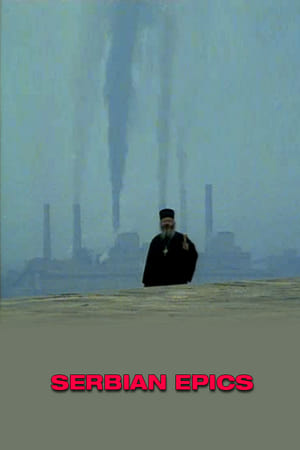 5.5
5.5Serbian Epics(en)
Paul Pawlikowski's award-winning documentary on life behind Serbian lines in Bosnia. The film observes the roots of the extreme nationalism which has torn apart a country and provides a chilling examination of the dangerous power of ancient nationalist myths.
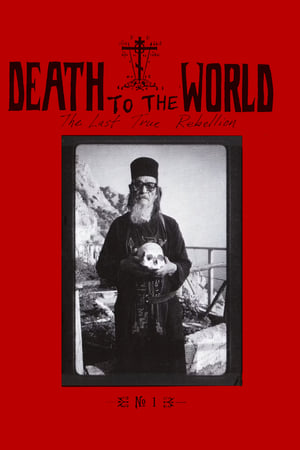 10.0
10.0DEATH TO THE WORLD: The Last True Rebellion(en)
The last true rebellion is death to the world. To be crucified to the world and the world to us.
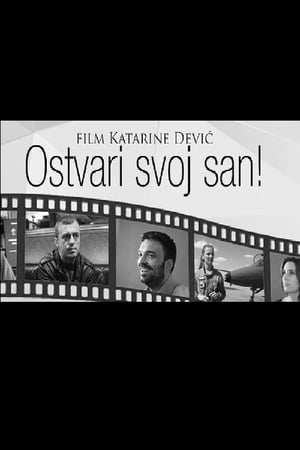 3.0
3.0Make It Happen(sr)
The film features intertwined scenes of young dance troupes' performances and scenes where famous Serbian actors, artists and athletes speak out to young people, in order to inspire them to by their own example to chase after and fulfill their lives' dreams. The 34 minute long film is fast paced and shows different types of dances at several key locations in Belgrade, Serbia. The performances are cut by the interviews with the artists and athletes, addressing the viewer, who talk about their beginnings and the road to success. The third segment of the film are young people, transitioning into adulthood, who talk about what their own dreams are. The idea that the film "Fulfill your dream!" carries is to show young people, through the movie itself, through the testimonies of successful artists and athletes, and finally through the example of the author, that it is possible to start an independent career, thanks to their creativity, ambition and perseverance.
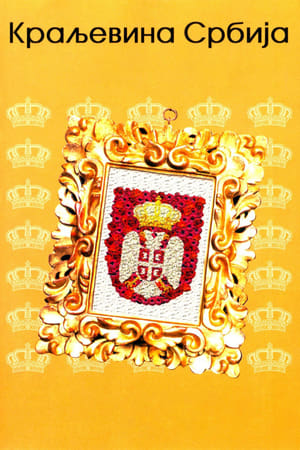 8.0
8.0The Kingdom of Serbia(sr)
A documentary re-enactment of the last few hundred years in Serbian history.
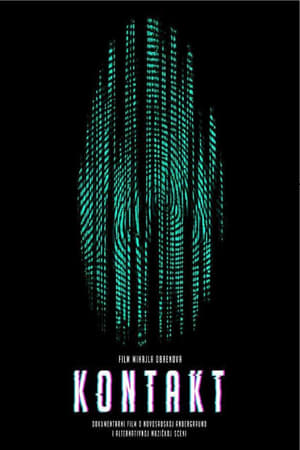 0.0
0.0Contact(sr)
A documentary on alternative music scene of Novi Sad (Serbia) that covers the period between 1989 and 2017.
The Nun(ru)
This is a documentary about a renowned precentor and a church composer Irina Denissova who suddenly becomes a nun in the apex of her career. At the same time, this is a film about God's love towards man. It seemed that a tragedy had occurred: a family of two prominent musicians was ruined, and Irina was abandoned by her husband while struggling with a serious disease of her son.
Belgrade: Life or Death(sr)
The film follows a famous model and stylist Maja Atanasijević in her lonely, but intense struggle to bring back forgotten values of a city.
Search and You Will Find It(ru)
The film is based on the events of the 4th International Orthodox Music Festival held in Moscow in February, 1992. The Festival featured not only such famous works as Rakhmaninov's "The All Night Service" and "Liturgy" but also the first performance of the latest interpretations of ancient Russian songs and the sensational first performance of Sviridov's cycle of "spiritual songs".